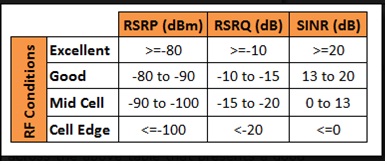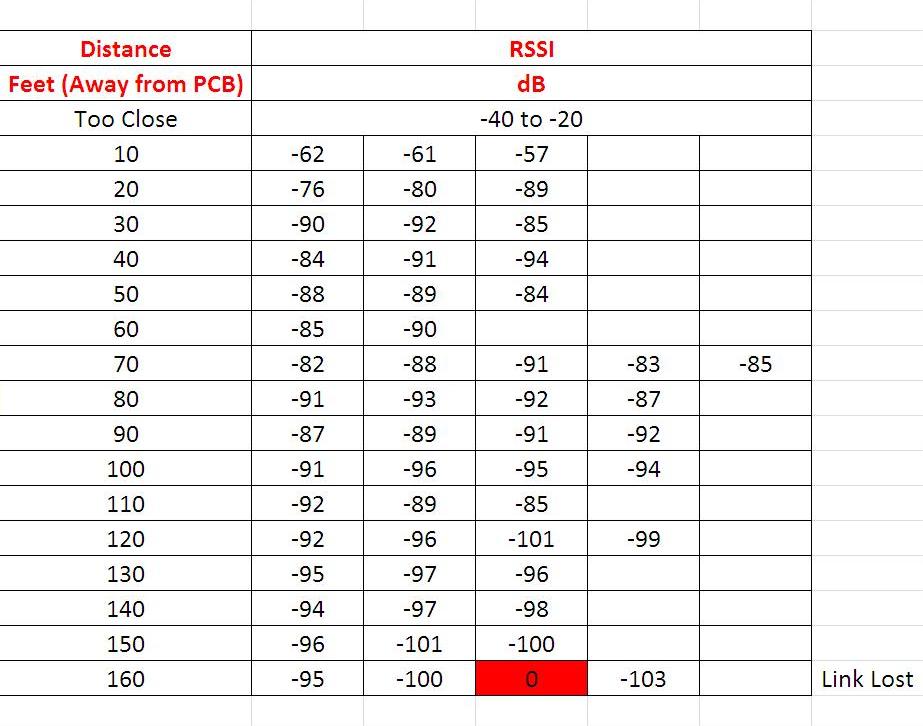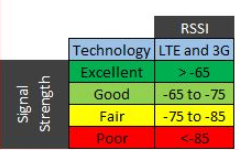

We propose a novel, robust maximum likelihood-type method for distributed cooperative received signal strength-based localization in wireless sensor networks. The accurate and low-cost localization of sensors using a wireless sensor network is critically required in a wide range of today’s applications. Our results are validated theoretically by providing detection bounds and are demonstrated with simulations and experiments on swarms of unmanned ground vehicles under different attacks in comparison with state-of-the-art residual-based detection schemes. Specifically, the technique that we propose-namedĭetector-monitors and compares changes in signed values of residual with their expected occurrences to detect inconsistencies and trigger alarms when an attack is discovered.

, defined as the difference between the expected and the received information to identify and isolate unexpected nonrandom behavior within the multirobot system. To deal with these hidden attacks, we propose a runtime monitoring framework that considers the signed However, in order for these attacks to be effective, they have to exhibit nonrandom characteristics that contradict the expected multirobot system behavior.

In the event of stealthy cyber attacks, compromised measurements and communication broadcasts can hijack a portion or the entire system toward undesired states. The proposed framework is demonstrated with simulations on MAS formations in the presence of faults and cyber attacks to on-board position sensors.Ĭooperative multirobot systems coordinate their motion by exchanging information through consensus schemes to achieve a common goal. To minimize estimation error: i) a multilateration scheme is proposed to leverage RSSI and position information received from neighboring agents as mobile landmarks and ii) a Kalman filtering method adaptively updates the unknown RSSI-based position measurement covariance matrix at runtime that is robust to unreliable state estimates. To maintain resilience in these scenarios, we propose a method to recover compromised agents by utilizing Received Signal Strength Indication (RSSI) from nearby agents (i.e., mobile landmarks) to provide reliable position measurements for localization.

For systems that operate in unknown or landmark-free environments (e.g., open terrain, sea, or air) and also beyond range/proximity sensing of nearby agents, compromised agents lose localization capabilities. However, in the event of faults or cyber attacks to on-board positioning sensors of agents, global control performance may be compromised resulting in a hijacking of the entire MAS. Typical cooperative multi-agent systems (MASs) exchange information to coordinate their motion in proximity-based control consensus schemes to complete a common objective.


 0 kommentar(er)
0 kommentar(er)
